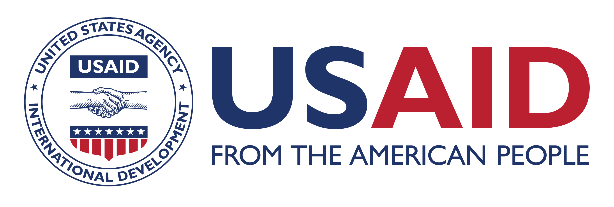
Resource Library
The Private Sector Role in HIV/AIDS in the Context of an Expanded Global Response
Global financing for the HIV response has reached unprecedented levels in recent years. Over $10 billion were mobilized in 2007, an effort credited with saving the lives of millions of people living with HIV (PLHIV). A relatively unexamined aspect of the global HIV response is the role of the private sector in financing HIV/AIDS services. As the nature of the response evolves from emergency relief to long-term sustainability, understanding current and potential contributions from the private sector is critical.
This paper examines trends in private sector financing, management and resource consumption related to HIV/AIDS in five sub-Saharan African countries, with a particular emphasis on the effects of recently scaled-up donor funding on private sector contributions. We analyzed National Health Accounts HIV/AIDS subaccount data for Kenya, Malawi, Rwanda, Tanzania and Zambia between 2002 and 2006. HIV subaccounts provide comparable data on the flow of HIV/AIDS funding from source to use.
Findings indicate that private sector contributions decreased in all countries except Tanzania. With regards to managing HIV/AIDS funds, non-governmental organizations are increasingly controlling the largest share of resources relative to other stakeholders, whereas private for-profit entities are managing fewer HIV/AIDS resources since the donor influx. The majority of HIV/AIDS funds were spent in the public sector, although a considerable amount was spent at private facilities, largely fueled by out-of-pocket (OOP) payments. On the whole, OOP spending by PLHIV decreased over the 4-year period, with the exception of Malawi, demonstrating that PLHIV have increased access to free or subsidized HIV/AIDS services. Our findings suggest that the influx of donor funding has led to decreased private contributions for HIV/AIDS. The reduction in private sector investment and engagement raises concerns about the sustainability of HIV/AIDS programs over the long term, particularly in light of current global economic crisis and emerging competing priorities.
This article was published in Health Policy and Planning 2011.
Resource Type : Brief
Country : Kenya, Malawi, Rwanda, Tanzania, Zambia
Year : 2011-10-28T00:00:00
Language : English
Project : SHOPS


